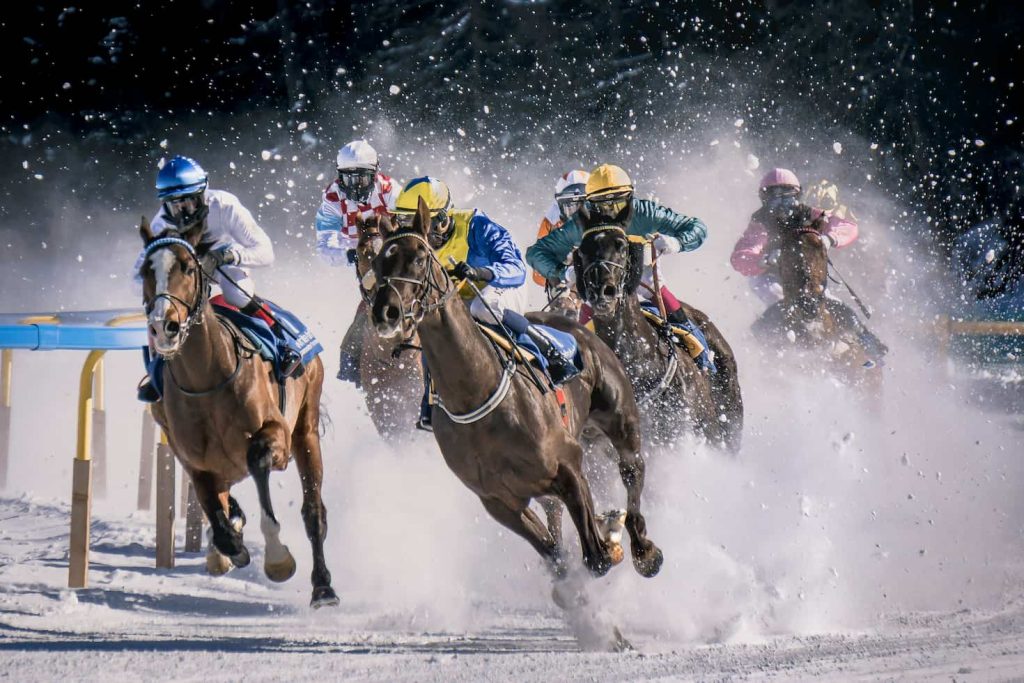Horse racing isn’t just about picking the fastest horse. If that were the case, betting would be too easy—and the bookmakers wouldn’t stay in business. Instead, smart bettors know that speed ratings hold the key to unlocking a horse’s true potential. They are the stopwatch behind the spectacle, turning raw times into meaningful insights. But how exactly do they work, and how can you use them to refine your bets? Let’s break it down.
What Are Speed Ratings and Why Do They Matter?
Imagine you’re watching two sprinters. One runs 400 meters in 45 seconds on a dry track, while another finishes in 46 seconds—but on a track covered in mud. Which runner is actually faster? The answer isn’t so simple.
This is exactly the problem speed ratings solve in horse racing. They adjust raw race times based on track conditions, race distances, and even the pace of the race itself. Instead of relying purely on finishing times, bettors use speed ratings to compare horses fairly across different races and conditions.
Developed by analysts and handicappers over decades, these ratings strip away the noise, giving you a clearer picture of a horse’s true ability.
Breaking Down the Numbers: How Speed Ratings Are Calculated
Speed ratings don’t just appear out of thin air. They’re crafted using a mix of:
- Final race time – The raw number, but only the starting point.
- Track variant adjustments – Accounting for weather, surface conditions, and how the track played that day.
- Class adjustments – A horse running fast in a weak race isn’t as impressive as one keeping pace in elite competition.
Different organizations calculate speed ratings in their own way, but one of the most widely used systems is Beyer Speed Figures (popularized in the U.S.). In this system, a horse’s raw time is converted into a numerical rating, making it easier to compare performances across different races.
A simple rule of thumb? The higher the rating, the better the performance.
How to Use Speed Ratings in Betting

Numbers on a page mean nothing unless you know how to use them. Here’s how experienced bettors incorporate speed ratings into their strategy:
1. Spotting Trends and Improvements
A young horse with gradually increasing speed ratings is a sign of a rising star. On the other hand, if a once-great horse’s numbers are in decline, it may be time to fade them from your picks.
2. Comparing Horses in the Same Race
Let’s say two horses are entering a race. One has consistently posted speed ratings of 90+, while the other fluctuates between 70 and 95. Who’s the better bet? The steady performer is often the safer option.
3. Adjusting for Track Bias
Some tracks favor speed, while others make it hard for front-runners to hold their pace. Speed ratings adjusted for track conditions can help you spot when a horse is running on a surface that suits its style.
4. Avoiding Overhyped Favorites
Favorites often attract casual bettors, but speed ratings can expose when a horse’s reputation is stronger than its actual performance. If a favorite’s recent speed ratings are underwhelming, there may be better value elsewhere.
Using Speed Ratings on IviBet
For those looking to put speed ratings to the test, platforms like IviBet offer a great way to dive into horse racing markets with detailed performance data. A quick IviBet login gives you access to real-time odds, historical race stats, and a variety of betting options, helping you make more informed wagers.
Time vs. Class: The Final Piece of the Puzzle
Speed ratings are a powerful tool, but they aren’t the only thing that matters. A horse might be lightning-fast but falter when racing against elite competition. That’s why combining speed ratings with class analysis—understanding the level of competition a horse has faced—is essential.
For example, a horse running 100-speed figures in low-level races might struggle against competitors who regularly hit 95 but in stronger company. The balance between speed and class is what separates good bets from bad ones.
Betting Smarter with Speed Ratings
At the end of the day, speed ratings offer a roadmap to better betting decisions—but they’re not a magic formula. They should be used as one piece of a broader strategy, alongside factors like class, jockey performance, and race-day conditions.
Think of speed ratings as a finely tuned compass. They won’t guarantee you a winning ticket every time, but they’ll steer you in the right direction far more often than gut instinct alone. And in a game where small edges make all the difference, that’s the kind of advantage you can’t afford to ignore.
Happy betting!
